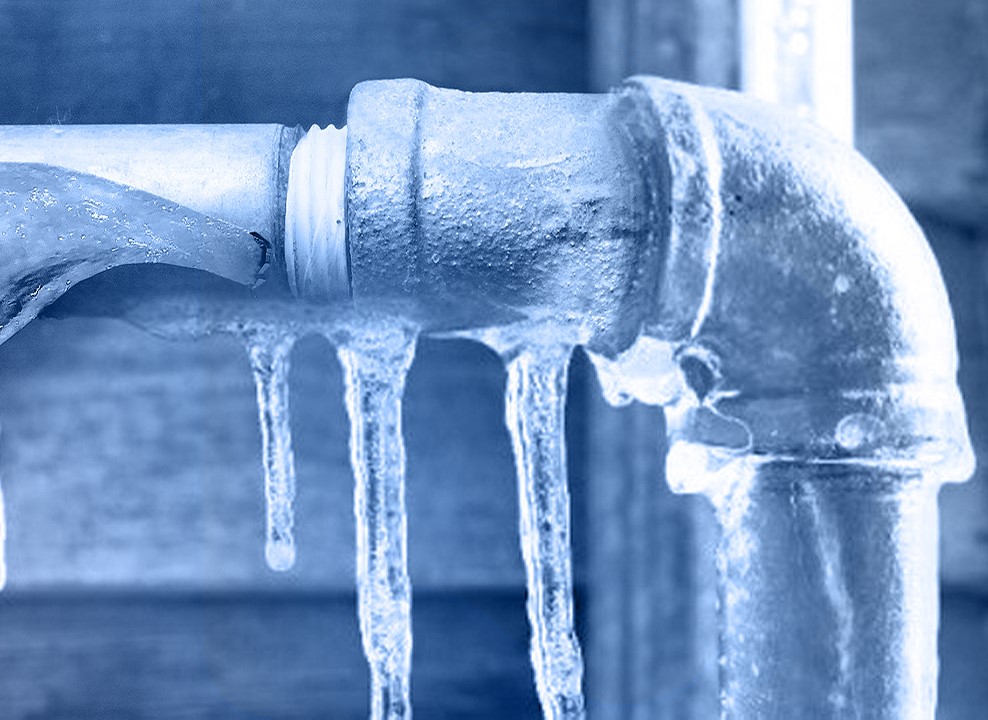Tips to Avoid Frozen Plumbing in Cold Weather: Expert Guidance
Tips to Avoid Frozen Plumbing in Cold Weather: Expert Guidance
Blog Article
What are your thoughts about How to Prevent Your Pipes From Freezing?

Winter can damage your pipes, particularly by freezing pipes. Below's how to avoid it from taking place and what to do if it does.
Introduction
As temperatures decrease, the threat of frozen pipes boosts, possibly bring about pricey repairs and water damages. Understanding just how to prevent frozen pipelines is critical for homeowners in cool climates.
Comprehending Icy Pipes
What triggers pipes to freeze?
Pipelines ice up when exposed to temperatures below 32 ° F (0 ° C) for expanded periods. As water inside the pipelines freezes, it broadens, putting pressure on the pipeline wall surfaces and potentially creating them to burst.
Risks and problems
Frozen pipes can bring about water system disruptions, building damage, and expensive repair services. Ruptured pipelines can flood homes and cause comprehensive structural damage.
Indications of Frozen Piping
Identifying frozen pipes early can avoid them from breaking.
Just how to recognize icy pipelines
Seek lowered water circulation from taps, uncommon odors or noises from pipes, and visible frost on exposed pipes.
Avoidance Tips
Protecting susceptible pipes
Cover pipelines in insulation sleeves or utilize heat tape to protect them from freezing temperature levels. Concentrate on pipes in unheated or exterior locations of the home.
Heating techniques
Keep indoor areas sufficiently heated, specifically locations with plumbing. Open up cupboard doors to enable warm air to flow around pipelines under sinks.
Safeguarding Outdoor Plumbing
Yard pipes and outdoor taps
Detach and drain yard hose pipes before winter months. Set up frost-proof spigots or cover exterior taps with insulated caps.
What to Do If Your Pipelines Freeze
Immediate actions to take
If you presume frozen pipes, maintain faucets open to soothe pressure as the ice melts. Use a hairdryer or towels taken in hot water to thaw pipelines gradually.
Long-Term Solutions
Structural adjustments
Consider rerouting pipes away from exterior wall surfaces or unheated locations. Include extra insulation to attics, basements, and crawl spaces.
Upgrading insulation
Invest in premium insulation for pipes, attic rooms, and wall surfaces. Appropriate insulation helps keep consistent temperatures and minimizes the threat of icy pipelines.
Final thought
Protecting against icy pipelines calls for aggressive actions and fast feedbacks. By understanding the causes, signs, and safety nets, home owners can shield their pipes during cold weather.
6 Proven Ways to Prevent Frozen Pipes and Protect Your Home
Disconnect and Drain Garden Hoses
Before winter arrives, start by disconnecting your garden hoses and draining any remaining water. Close the shut-off valves that supply outdoor hose bibs and leave the outdoor faucet open to allow any residual water to drain. For extra protection, consider using faucet covers throughout the colder months. It’s also important to drain water from any sprinkler supply lines following the manufacturer’s directions.
Insulate Exposed Pipes
Insulating your pipes is an effective way to prevent freezing. Pipe insulation is readily available at home improvement stores and is relatively inexpensive. Pay close attention to pipes in unheated areas such as the attic, basement, crawl spaces, or garage. Apply foam insulation generously to create a buffer against the cold. You can also wrap your pipes in heat tape or thermostat-controlled heat cables for added warmth.
Seal Air Leaks
Inspect your home for any cracks or openings that could let in cold air. Seal any holes around the piping in interior or exterior walls, as well as the sill plates where your home rests on its foundation. Additionally, make sure to keep your garage door closed unless you’re entering or exiting. Leaving it open creates a significant air leak that can lead to frozen pipes.
Allow Warm Air Circulation
During cold snaps, it’s essential to allow warm air to circulate evenly throughout your home. Leave interior doors ajar to promote better airflow. Open kitchen and bathroom cabinets to help distribute heat consistently around the rooms. If you have small children or pets, be sure to remove any household chemicals or potentially harmful cleaners from open cabinets for safety.
Let Faucets Drip
A small trickle of water can make a big difference in preventing ice formation inside your pipes. When temperatures drop significantly, start a drip of water from all faucets served by exposed pipes. This continuous flow helps prevent the water from freezing. Additionally, running a few faucets slightly can relieve pressure inside the pipes, reducing the chances of a rupture if the water inside does freeze.
https://choateshvac.com/6-proven-ways-to-prevent-frozen-pipes-and-protect-your-home/

Hopefully you liked our piece about 6 Ways to Prevent Frozen Pipes. Thanks a ton for taking a few minutes to read our article. So long as you appreciated our blog posting please do not forget to share it. I truly appreciate your readership.
Book Today Report this page